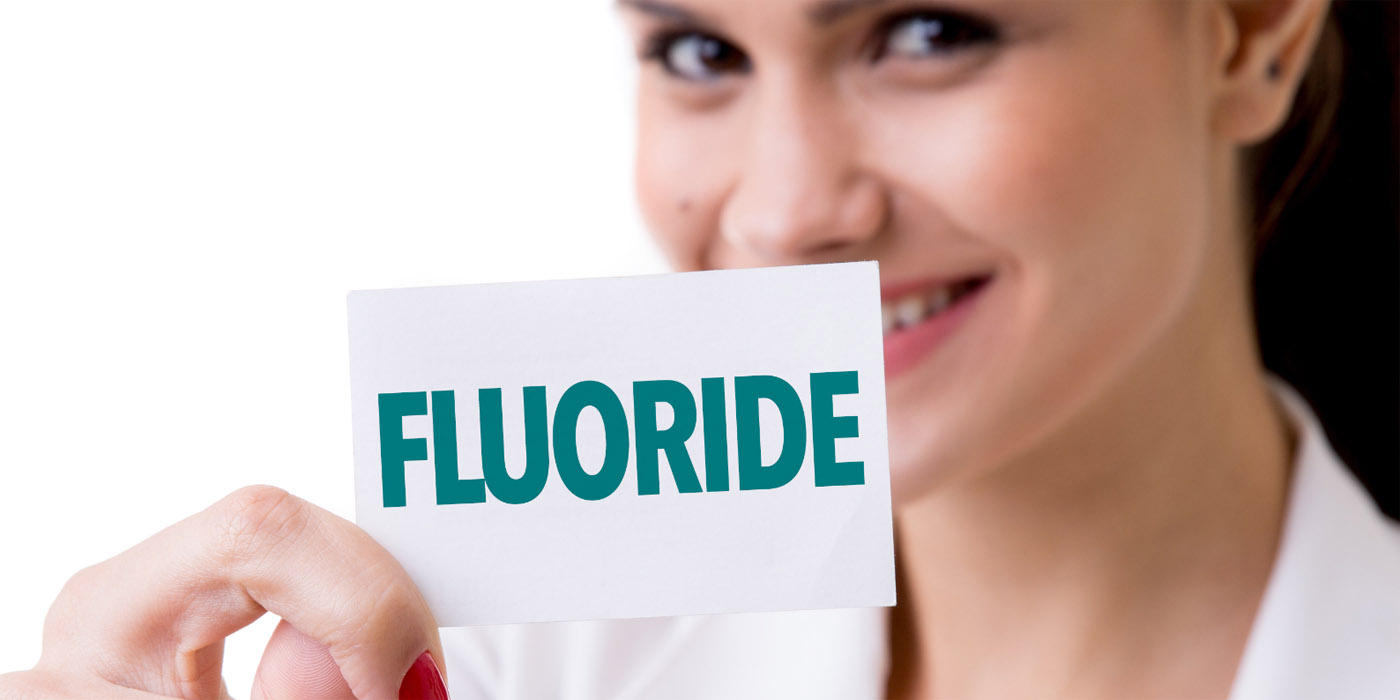
When we go to the dentist we keep hearing about fluoride in toothpastes and how much our teeth need it. But what is fluoride?
Fluoride is a molecule found naturally in the environment.
In many countries the drinking water contains fluoride, while others enrich their water to offer the world the benefits it has on our teeth.
With fluoride, tooth enamel becomes more resistant to the acid produced by the microbes in our mouths, protecting them from tooth decay.
Fluoridation with special preparations by the dentist is recommended mainly for children and those adults who have a high risk of tooth decay. The application is local and is done after the teeth have been cleaned by the dentist. The process is simple, either putting a liquid in special tablets for 3-5 minutes, or spreading it like varnish on the teeth or in the form of foam. In all 3 cases we must avoid any intake of food or drink (even water) for 1-2 hours after this procedure, as well as brushing the teeth.
For children, fluoridation should begin when they are 6 years old and should be done two to four times a year, depending on their level of risk for tooth decay. Other groups of people who benefit from regular fluoridation are people with dry mouths, people who cannot brush their teeth well (such as with Parkinson’s disease or muscular dystrophy, etc.), and people whose teeth are susceptible to tooth decay. In small children from 4 years old who already have multiple caries, the dentist can start the use of fluoride at a younger age of 6 years.
